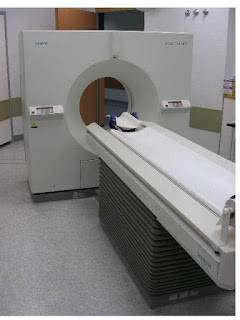 Journal Club Summary
Journal Club Summary
Methodology Score: 3/5
Usefulness Score: 2.5/5
Seirink JC et al.
Lancet. 2016 Aug 13;388(10045):673-83.
This is a multicenter randomized control trial of over a thousand trauma patients at five Level 1 trauma centres in western Europe that found no difference in mortality between an early whole-body CT “panscan” to a standard workup that include xrays, FAST and selective CT scanning. Although this was a good attempt at providing much-needed level 1b evidence, the group felt that the subjective inclusion criteria and high rate of crossover clouded the ability to apply the results in a meaningful way.
By: Dr. Rajiv Thavanathan
Epi lesson
Describing the Strength of Study Results Using “Levels of Evidence”
Different methods of classifying levels of evidence have been proposed, most of them relying on the study design, their precision, or their endpoints (e.g. survival with good neurological outcome). The Oxford classification is one commonly quoted where, for e.g., Level 1a is a meta-analyses of RCTs; Level 1b is an individual high-quality RCT; Level 2 includes cohort and low-quality RCTs; Level 3 incudes case-control studies; Level 4 includes case series and low-quality cohort or case-control studies; and Level 5 is expert opinion.
By: Dr. Christian Vaillancourt
